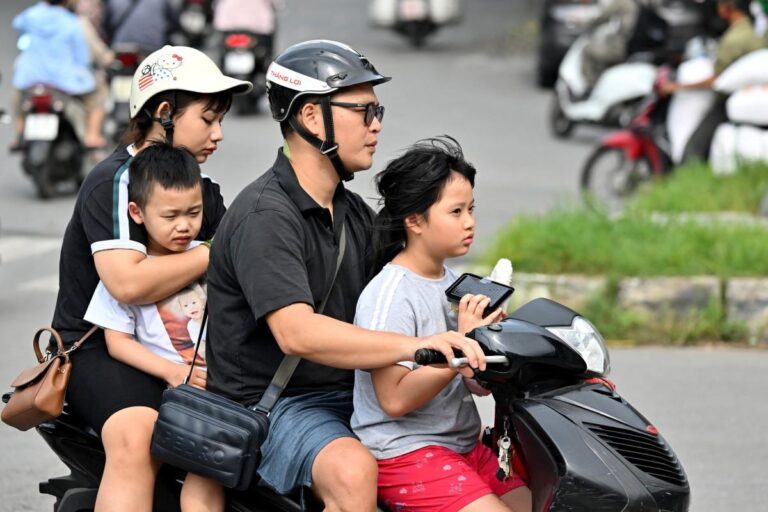Over 1.6 Million Children Impacted by the Two-Child Limit on Benefits
The recent analysis of welfare data has revealed a concerning trend: over 1.6 million children are living in families that have been financially disadvantaged by the two-child limit imposed on benefits. This policy was intended to encourage families to plan their children better, but it has led to unforeseen consequences for a significant number of households.
Understanding the Two-Child Limit
The two-child limit on benefits restricts families to receiving benefits for only their first two children, which has profound financial implications. This policy effectively penalizes families who have more than two children, creating a cycle of poverty that disproportionately affects vulnerable populations. The ramifications of this policy are becoming increasingly visible as more families struggle to make ends meet.
Impact on Family Well-being
The economic strain caused by this limit extends beyond mere financial difficulties. Children in these affected families are at risk of experiencing lower living standards and reduced access to essential services. This creates a worrying environment that could potentially affect their long-term development and well-being.
The Scale of the Issue
According to the data, the situation is alarming with more than 1.6 million children affected as of the latest reports. These figures highlight the urgent need for policymakers to reassess the implications of the two-child limit on benefits. As families navigate these constraints, it becomes crucial to consider how policy changes could alleviate their burden.
Calls for Policy Change
Advocates for children’s rights and family welfare are urging the government to revisit the two-child limit. Many organizations stress that this policy exacerbates poverty rather than alleviating it. Efforts are underway to gather support for changing or abolishing such restrictions, with hopes of improving the living conditions of millions of children across the nation.
For Further Reading
To learn more about how the two-child limit on benefits affects families and children, you can access detailed insights from a recent article on this issue here.
Conclusion
The impact of the two-child limit on benefits cannot be understated; it has placed a substantial financial burden on over 1.6 million children in the UK. Addressing this critical issue is vital to ensuring that all children have access to the support they need to thrive. As discussions around policy reform continue, the welfare of these children must remain at the forefront of the conversation.

